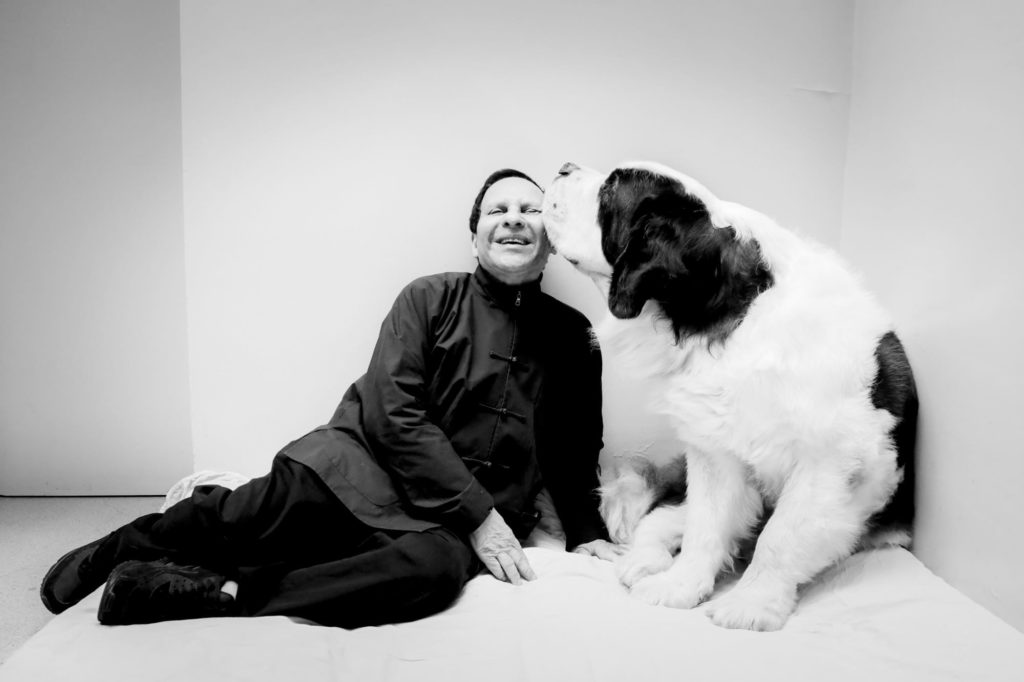Azzedine Alaïa: The Couturier
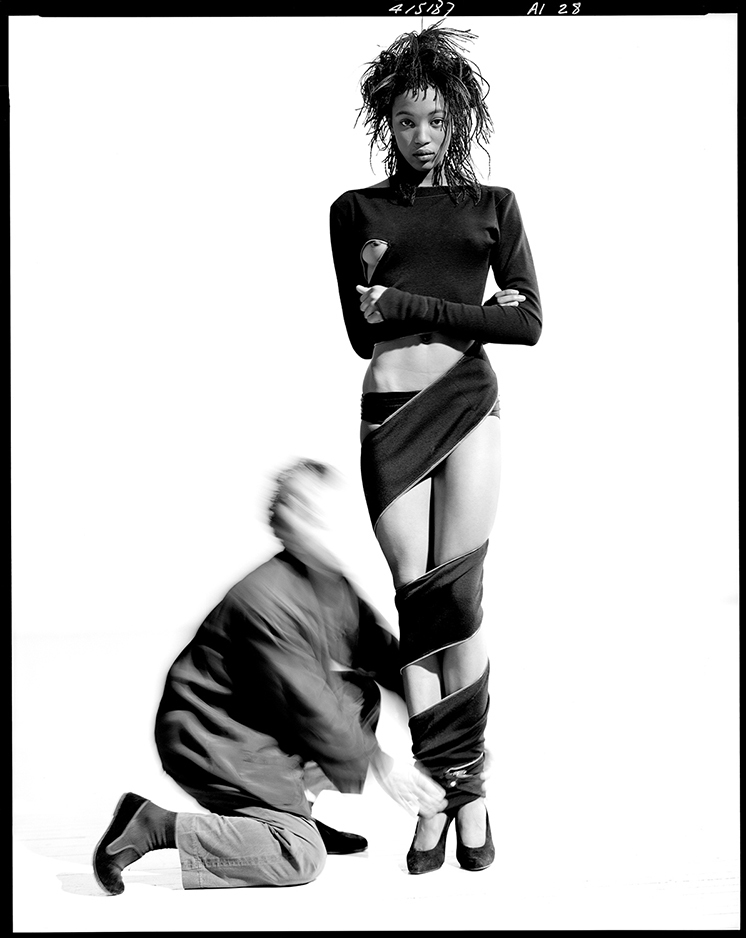
“My obsession is to make women beautiful. When you create with that in mind, things can’t go out of fashion” - Azzedine Alaïa
Azzedine Alaïa was a one of a kind designer. A designer as loyal to his friends and colleagues as he was to his uniform of black cotton Chinese pajamas. A designer who declined to step onto the catwalk after each widely praised presentation, as he believed the praise should go to his atelier, not solely to himself.
The influence of Azzedine Alaïa within the field of fashion and the greater arts remains extraordinary. The Tunisian born designer will forever be proclaimed a genius - not a word to be used lightly- due to his innate ability to absorb and translate inspiration into exquisitely precise, timeless, and powerful clothes.

Alaïa attended the School of Fine Arts in Tunis before moving to Paris, age 21, and acquired valuable experience by working for Christian Dior (under the tenure of Yves Saint Laurent), Guy LaRoche, as well as Thierry Mugler. In 1981, together with his long-term partner Christoph von Weyhe, Maison Alaia was established. Here, Alaïa started to alter the way fashion was viewed and produced, reinforcing its place within the arts, and demonstrating a personal approach by draping, cutting and pinning together fabrics directly onto the amazonian bodies of his models. Acclaimed fashion journalist Alexander Fury stated Alaïa was one who “thought with his hands”.
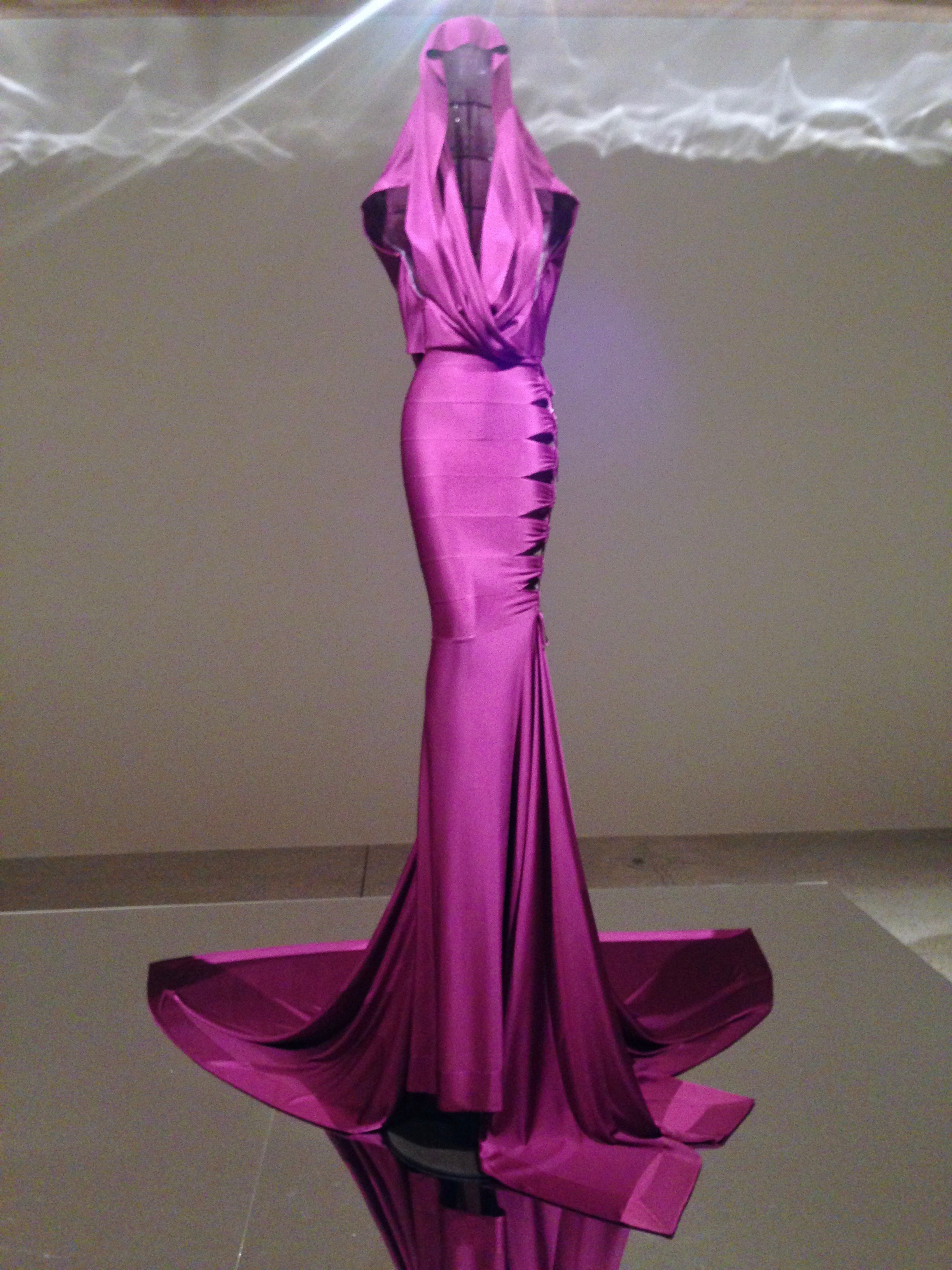
While Gianni Versace is often credited for the creation of supermodels such as Naomi Campbell, or Yasmin Le Bon, it was Alaïa who held the star power as models would cancel other bookings in order to be part of his legendary shows. Campbell still refers to Alaïa as “papa”. Since, 1988 Alaïa chose to abandon the often constricting fashion calendar and would present ready to wear and couture months after other designers. What distinguished him is that he would create for the women, while the majority of other designers would create for the show, to create buzz or word of mouth - dictated by market expectations. Alaïa would only present whenever he had a collection ready to present and would oftentimes step back altogether from the runway, and only dress private clients who could commit to at least three extensive fittings. The current pace of the industry and soulless approach of mass-produced fashion is the antithesis of what Alaïa lived.
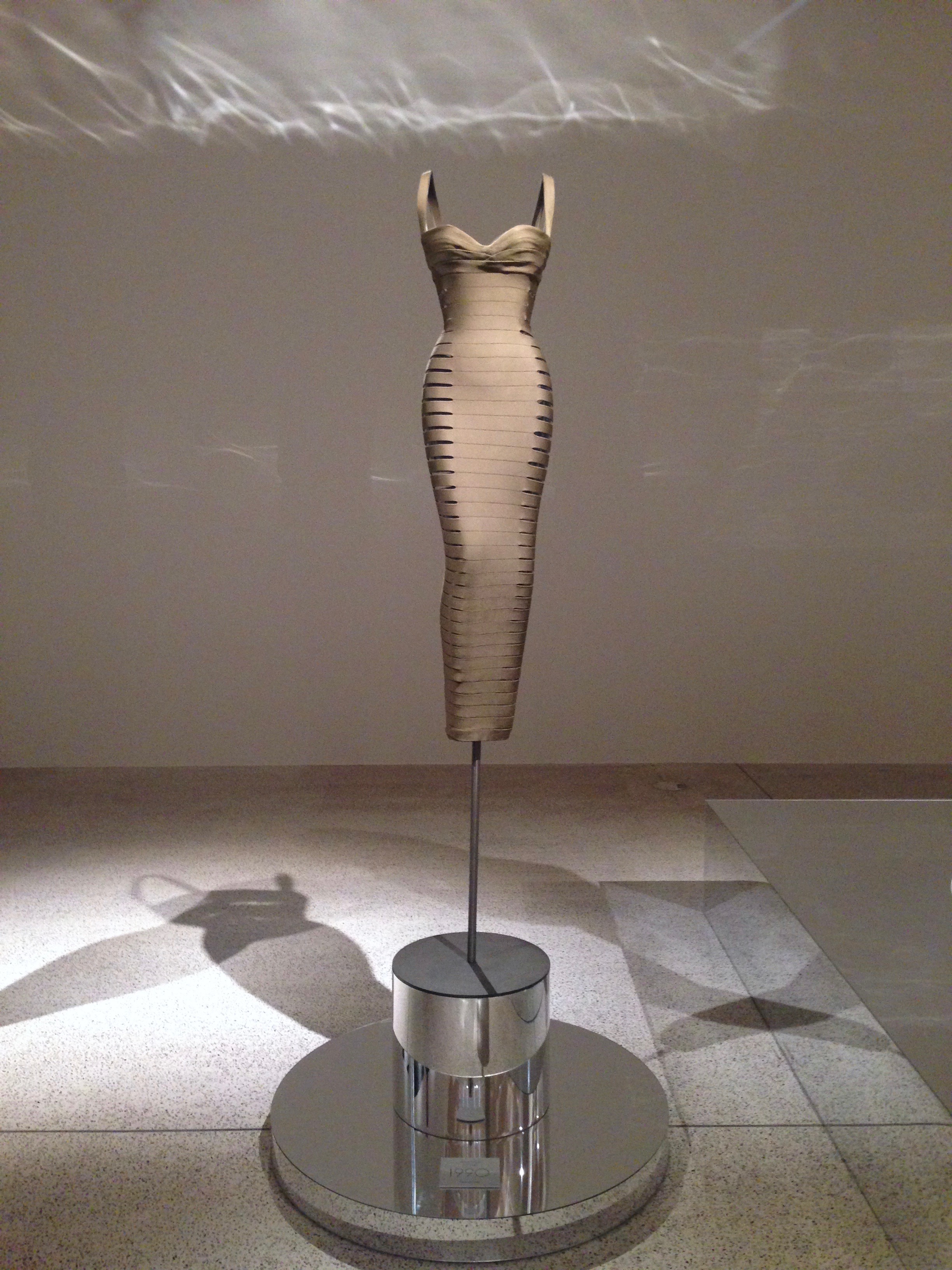
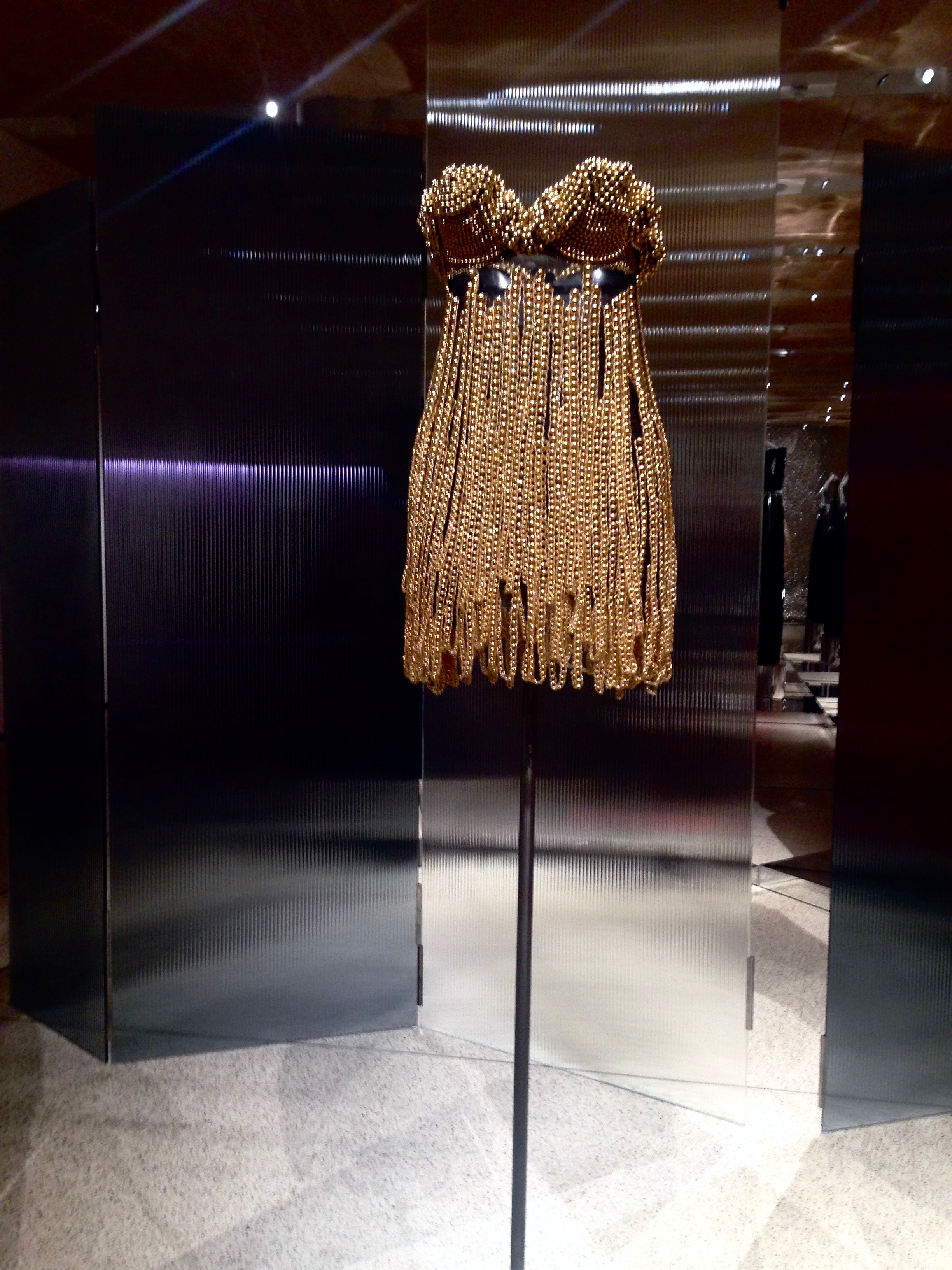
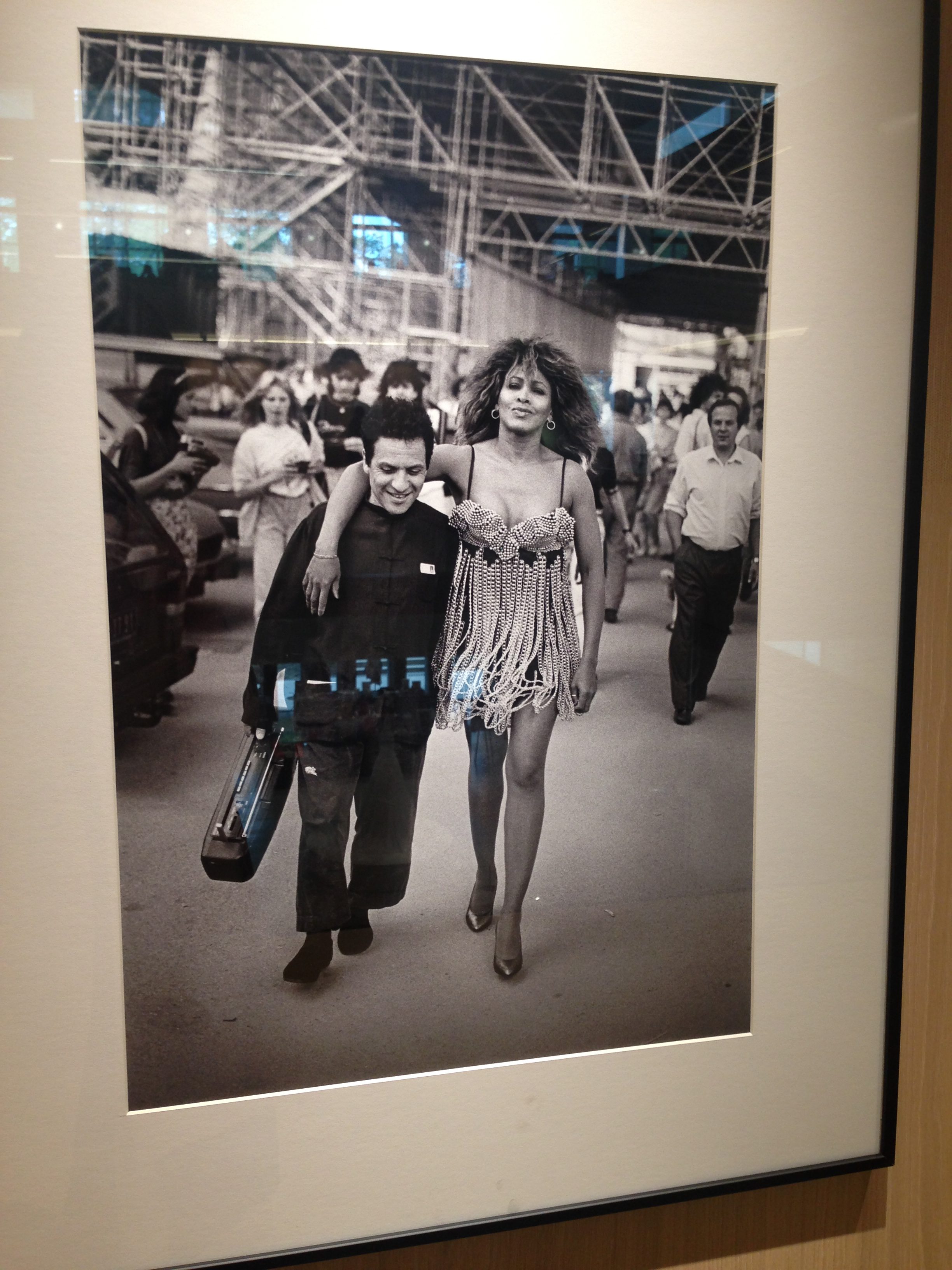
His contribution to fashion is unprecedented, renowned for not only aesthetic innovations but for intangible qualities such as making femininity and strength synonymous. One of his most important design developments includes introducing the “body-con” form, also known as second skin dressing, which made him known as the “King of Cling”. Also, his innovations in material are also cutting edge, such as repurposing leathers to be feminine and delicate. Alaïa’s heavy use of black helped catapult the colour to be associated as chic and pure. Through black, there was no opportunity for the designer to hide behind loud patterns - tailoring had to be precise.
The exhibition Azzedine Alaïa: The Couturier currently on show at the Design Museum in London was co-curated by and organised with the designer prior to his untimely death at the end of last year.
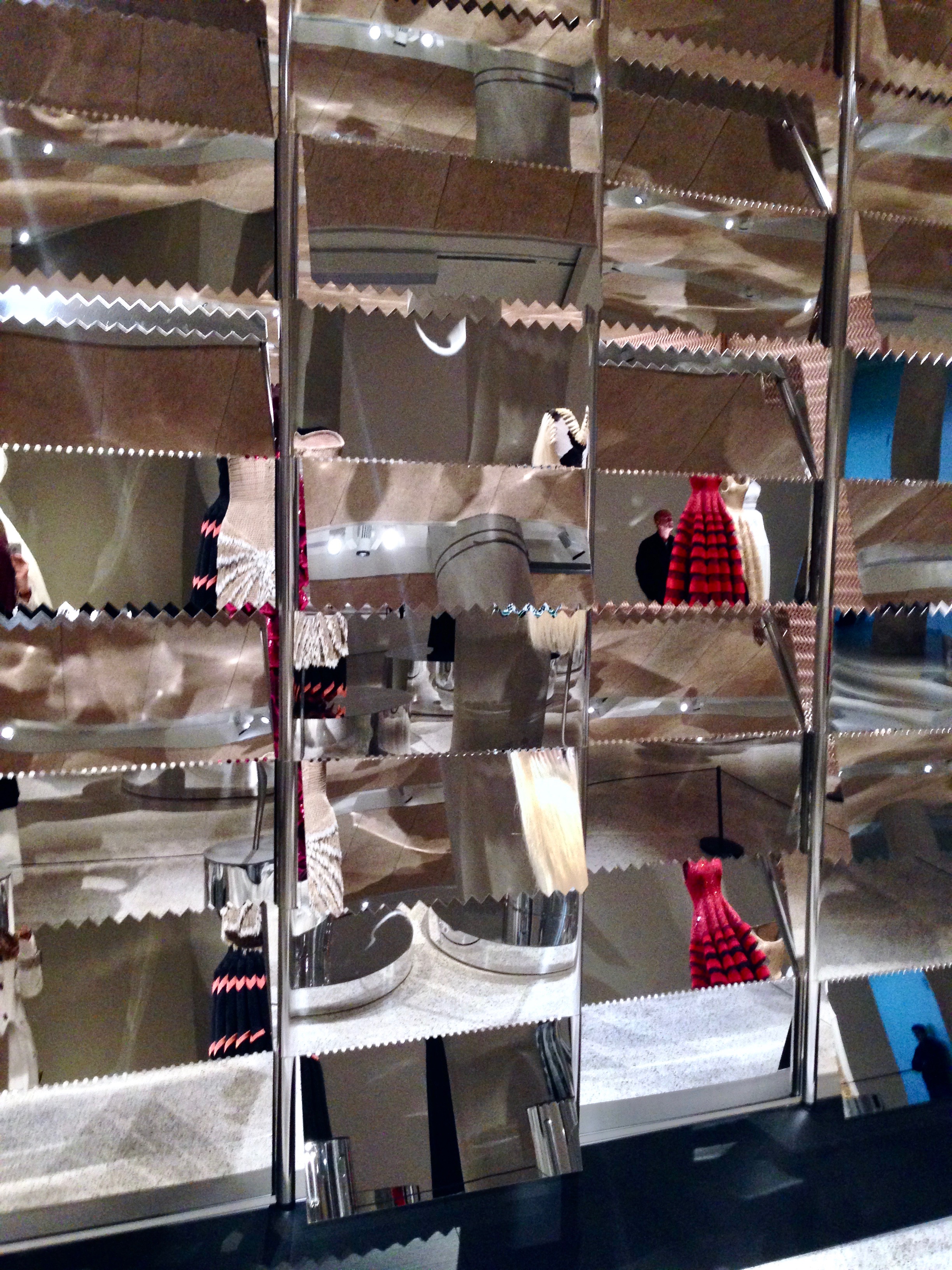
The exhibition is set against a backdrop of specially commissioned screens from Alaïa’s friends, also leading contemporary figures in design and art including Marc Newson, Kris Ruhs, Konstantin Grcic and Ronan and Erwan Bouroullec. The abstract screens in metal and glass purposely intersect with the garments and together produce this vibrant conversation between cultural mediums. Organised by theme, not chronologically, the exhibition gives the audience an elevated appreciation of his dominant aesthetic contributions. I personally valued being able to get right up close to each dazzling piece, where you are granted the opportunity to look at the razor sharp tailoring, diverse textures, and subtle yet technically brilliant details. Each look was modeled on Naomi Campbell but elongated - an out of this world silhouette towering over us mortals.
The audience is immediately struck by his immense influence on contemporary culture, where for example the iconic purple, hooded dress worn by Grace Jones in “A View To A Kill” is on display. One also appreciates how Alaïa is referenced by other designers including Hervé Léger or Roberto Cavalli and how each look remains timeless yet modern. But above all, what strikes all who visit the exhibition is his warm personality and how very loved he was by friends and colleagues, best exemplified by the series of photographs taken by Richard Wentworth of Alaïa’s studio - a place where friends were encouraged to “pop in” and grab a seat for a home-cooked meal. A communal ritual in the middle of the workplace.
When watching the accompanying video, it brought a tear to my eye when Alaïa was filmed joyfully dancing care-free, with his beloved St. Bernard Didine to “Let’s Dance” by David Bowie. While his spirit and legacy will always live on, this exhibition paid a sincere tribute to a true couturier and a remarkable human being.
